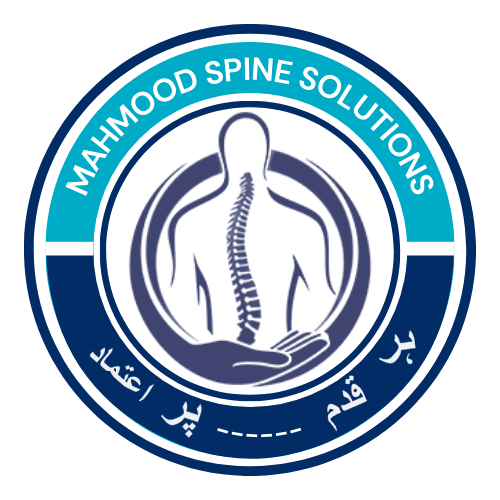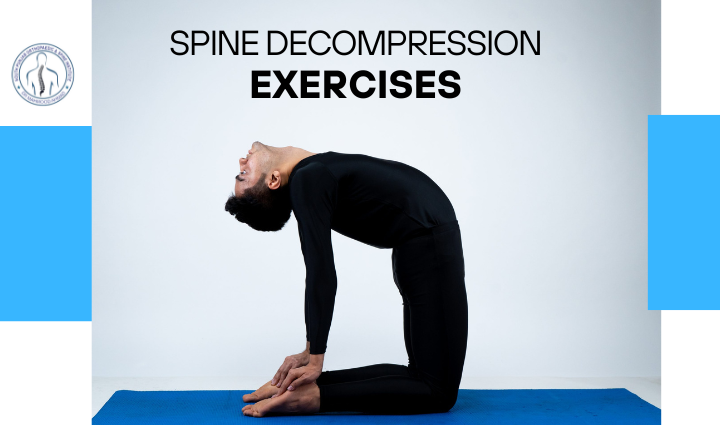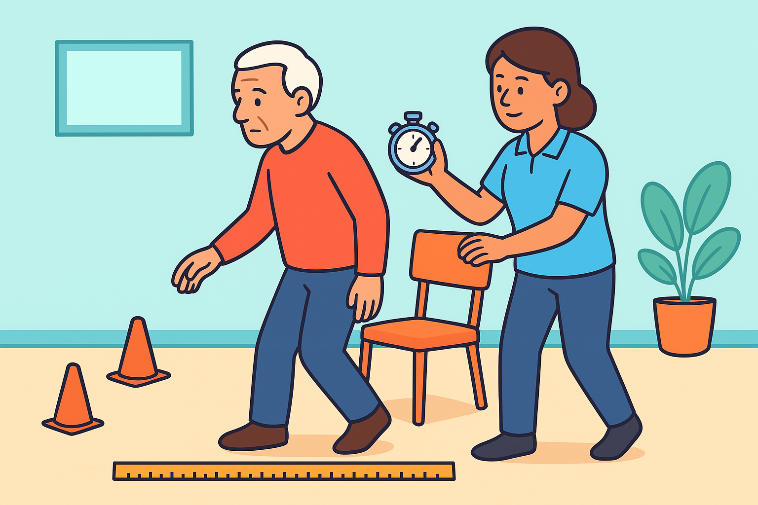Spine decompression exercises can be an excellent way to alleviate back pain, enhance your posture, and improve overall back stability. These exercises focus on stretching and strengthening your spine and surrounding muscles, leading to better functionality in everyday movements. Whether you’re a beginner or experienced, these exercises can offer significant health benefits and help prevent injury.
To get the best results, it’s important to perform these exercises with proper form and technique. If you’re unsure, consider consulting a healthcare professional or personal trainer to personalize your routine.
Tips for Maximizing Your Routine
To ensure you get the most out of your Spine decompression exercises, follow these tips:
- Plan Your Routine: Decide how often you want to perform these exercises and the duration of each session. You can break it up into shorter sessions throughout the day as well.
- Start Slow: Begin with a gentle pace and gradually increase the intensity, duration, and frequency of the exercises.
- Warm-Up First: Always begin with a 5–10 minute warm-up to get your blood flowing. This could involve dynamic stretches, light cardio, or walking.
- Focus on Relaxation: During your exercises, focus on deep breathing and allow your body to fully relax. Use slow, controlled movements to transition between exercises.
- Cooldown: Finish your routine with stretches or relaxation techniques to reduce any tension or soreness.
Low-Intensity Spine Decompression Exercises for Beginners
If you’re new to Spine decompression exercises or recovering from an injury, it’s best to start with low-intensity movements. These exercises will help improve posture, alignment, and build foundational strength.
1. Supine Position
This exercise promotes spinal relaxation and deep breathing.
- Lie on your back with knees bent and feet pressed into the floor.
- Inhale deeply and lift your arms overhead, keeping them straight.
- Hold for 5 breaths, then slowly lower your arms back down.
- Relax in this position for up to 5 minutes.
2. Heel Slides
Heel slides are great for building flexibility and mobility in your legs and lower back.
- Lie on your back with legs extended.
- Bend one knee and slowly slide your heel toward your hips, then straighten it again.
- Repeat 10 times on each leg, performing 1–3 sets.
3. Cat-Cow Stretch
This dynamic movement helps with spinal flexibility and posture.
- Start on your hands and knees, distributing your weight evenly between your hands and knees.
- Inhale and arch your back while looking up, then exhale and round your spine, tucking your chin.
- Repeat this motion for up to 1 minute.
4. Child’s Pose
This stretch gently elongates the spine and releases tension in your lower back.
- Begin on your hands and knees, then slowly sit your hips back towards your heels.
- Stretch your arms forward or rest them at your sides, and let your forehead rest on the floor.
- Hold for up to 5 minutes while focusing on deep breathing.
Moderate-Intensity Spine decompression exercises
Once you’re comfortable with the beginner routine, you can progress to more challenging exercises that help build strength and improve spinal alignment.
1. Single Knee to Chest Stretch
This stretch targets your back, hips, and legs, improving flexibility and alignment.
- Lie on your back with your knees bent and feet flat on the floor.
- Gently pull one knee toward your chest and hold for 30 seconds.
- Repeat on the other side and do up to 5 repetitions on each leg.
2. Hamstring Stretch
Stretching the hamstrings can reduce pressure on the lower back and improve flexibility.
- Lie on your back with your knees bent and feet flat on the floor.
- Raise one leg, holding it behind your thigh while keeping your knee slightly bent.
- Gently pull your leg towards you for up to 1 minute, then switch sides.
3. Straight Leg Raises
This exercise helps strengthen your lower back, hips, and legs.
- Lie on your back with one leg straight and the other knee bent.
- Slowly lift your straight leg about 6 inches off the floor and hold for a few breaths.
- Repeat 10 times for each leg.
4. Downward Facing Dog
This yoga pose helps stretch your back, legs, and arms, improving circulation and alignment.
- Start in a hands-and-knees position, then lift your hips towards the ceiling, keeping your arms and legs slightly bent.
- Hold the pose for up to 1 minute, focusing on maintaining even weight distribution.
To further enhance your spinal alignment and posture, you can incorporate additional exercises like those outlined in our spine alignment exercises.
High-Intensity Spine decompression exercises
Once you’ve mastered the basics, move on to high-intensity exercises to strengthen your spine and surrounding muscles even further.
1. Piriformis Stretch
This stretch targets the lower back, hips, and legs, releasing tightness and tension.
- Lie on your back and place one ankle on the opposite thigh.
- Gently pull the bent leg toward your chest to deepen the stretch.
- Hold for up to 1 minute on each side.
2. Cobra Pose
This classic pose stretches and strengthens your back while promoting good posture.
- Lie face down and place your hands under your shoulders.
- Press your hands into the floor to lift your chest and upper back.
- Hold for up to 1 minute, focusing on deepening the stretch.
3. Fish Pose
A great stretch for the neck, chest, and spine, Fish Pose relieves tension and improves posture.
- Sit with legs extended in front of you, placing your hands under your buttocks.
- Slowly recline onto your forearms, letting your head drop back if comfortable.
- Hold for up to 1 minute before gently releasing.
4. Camel Pose
Camel Pose stretches the chest and upper back while improving posture and circulation.
- Kneel with your hips aligned above your knees and place your palms on your lower back.
- Gently arch your back and reach for your ankles.
- Hold for up to 30 seconds, then slowly return to a neutral position.
Final Thoughts
Spine decompression exercises are a fantastic way to improve spinal health, relieve tension, and prevent injury. By incorporating these exercises into your fitness routine, you can enjoy better posture, stability, and comfort in your daily activities.
Remember, consistency is key to achieving lasting results. Make sure to perform these exercises a few times a week, and consider adding strength training or low-impact cardio to your fitness regimen for a well-rounded approach. For personalized guidance, don’t hesitate to consult with a healthcare professional or certified trainer to tailor a routine that suits your needs.
Call To Action
Take control of your spine health today with Dr. Mahmood Ahmad, a trusted spine surgeon. Whether you’re dealing with back pain or want to improve your posture, Dr. Ahmad offers expert care tailored to your needs. Contact him now for a consultation and start your journey toward a healthier spine. Call 0300 0777790 or email [email protected] for more information. Don’t wait your spine deserves the best care!




